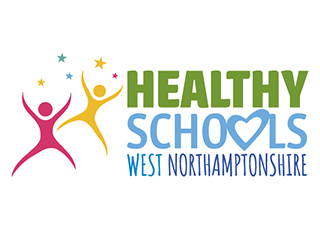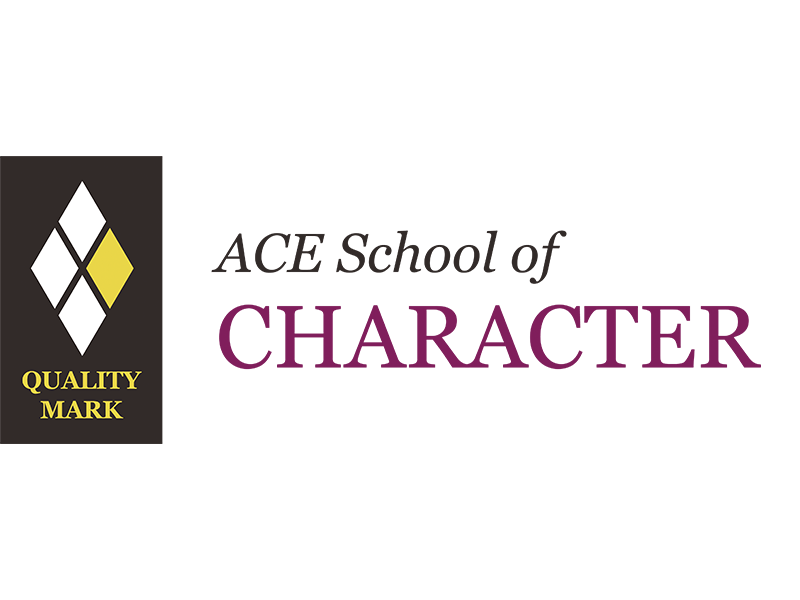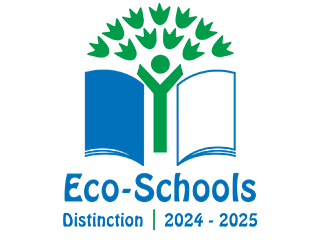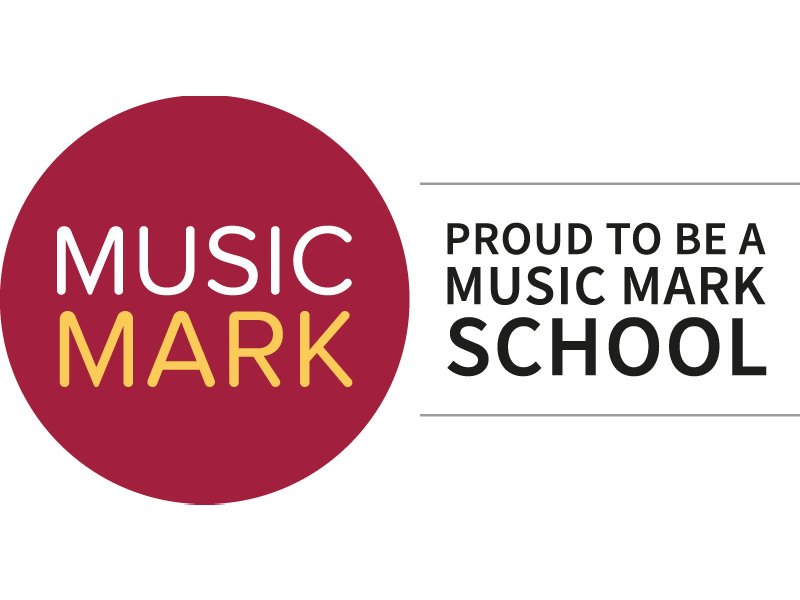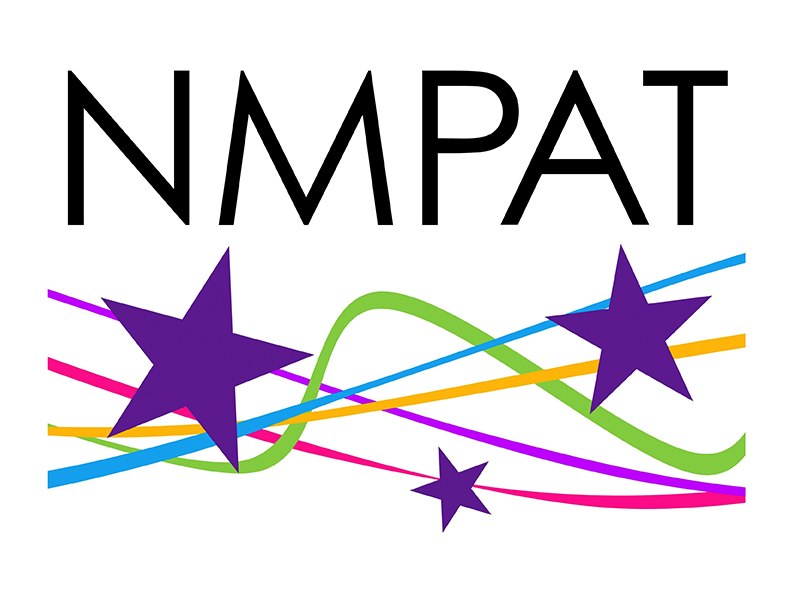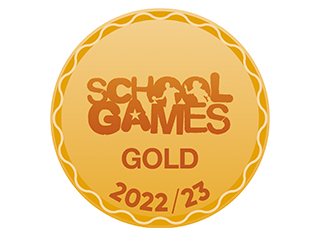Headlands Primary School | Computing Narrative
The NPAT computing curriculum is based on the Teach Computing Curriculum. Children will engage in alternate terms of discrete computing units (where lessons are taught for 1 hour each week following the Teach Computing Planning), followed by embedded units (taught for approximately 2 hours a term following the NPAT planning with links made to other subject areas). The Teach Computing units for Key Stages 1 and 2 are based on a spiral curriculum. This means that each of the themes is revisited regularly (at least once in each year group), and units consolidate and build on prior learning within that theme. This style of curriculum design reduces the amount of knowledge lost through forgetting, as themes are revisited yearly. It also ensures that connections are made across consecutive years. It will support children to be competent, confident, and creative users of technology and responsible digital citizens. Children will develop the substantiative and disciplinary knowledge needed to be able to express themselves and their ideas clearly through digital media. It will enable them to see how these skills will be useful to them as active participants in both a digital world as well as in the workplace. They may be inspired to pursue further study and career paths in Programming, Engineering and Computer Science. Computing has deep links with Maths, Science and Design Technology. Children will recognise how some disciplinary knowledge is transferable and can help them to solve problems across these subject areas. The curriculum has been carefully constructed to ensure children obtain a solid understanding of key computational concepts and knowledge. This is a knowledge-rich computing curriculum; knowledge is given a high status and the aim is to empower our children and carefully build their understanding of the subject. The content is specified in detail and is taught to be remembered, not just encountered.
A high-quality computing education equips pupils to use computational thinking and creativity to understand and change the world. Computing has deep links with mathematics, science, and design and technology, and provides insights into both natural and artificial systems. The core of computing is computer science, in which pupils are taught the principles of information and computation, how digital systems work, and how to put this knowledge to use through programming. Building on this knowledge and understanding, pupils are equipped to use information technology to create programs, systems and a range of content. Computing also ensures that pupils become digitally literate – able to use, and express themselves and develop their ideas through, information and communication technology – at a level suitable for the future workplace and as active participants in a digital world. (National Curriculum 2014).
The following high dividend concepts are covered in our Computing curriculum: Computing systems and networks, Media, Data and information, Programming, and Safety and security. Common threads of disciplinary knowledge which will underpin computing learning throughout the curriculum include Decomposition, Creating, Collaborating, Evaluating, Digital resilience, and debugging. Children will learn to analyse problems in computational terms and have repeated practical experience of writing computing programs to solve problems. They will evaluate and apply information technology, including new or unfamiliar technologies analytically to solve problems.
Horizontal links will be explicitly made. E.g., Where skills are first taught then applied in different contexts (such as in Year 1, where children are taught how to move a floor robot and then apply these skills to solve problems and challenges) or where computational concepts bridge units (such as in Year 4, where repetition is encountered in the Repetition in Shapes unit and then explored in greater depth later in the same year in the Repetition in Games unit).
Vertical links will be made where knowledge and understanding are built upon from previous computing units. E.g., In Year 6, the Webpage Creation unit will build upon knowledge and understanding from the Year 3-unit, Desktop Publishing; likewise, in Year 5, the Video Editing unit will make direct references to the Animation unit coveredin Year 3 and the Audio Editing unit in Year 4.
Diagonal links will be made, particularly in our embedded units. E.g., links between computing and maths - such as Vector Drawing (Computing) with Shape and Coordinates (Maths) and Digital Writing (Computing) with Writing for Different Purposes (English).
During EYFS, pupils’ development of early computing knowledge is important. Whilst computing is not part of the latest statutory framework for the Early Years Foundation Stage but is part of the National Curriculum from Year 1. Grover, Pea and Cooper have suggested that:
Learners’ success in future engagement with computing will depend on how well introductory curricula prepare them in both the cognitive and affective dimensions of computational learning. OFSTED Research Review Series May 2022
During KS1, children will learn the basics of computer systems and networks including the parts of a computer as well as essential keyboard and mouse skills. They will explore how to use technology responsibly. They will be given many opportunities to create digital media including digital painting, digital writing, photography and creating music. They will learn how to group data and create simple pictograms and explore programming through physical robots, simple animation, and quizzes.
During Lower KS2, children will develop their understanding of computer systems and networks by investigating routers and switches and looking at the internet as a network of networks. They will have opportunities to use digital media to create animations and desktop publishing and developing their editing skills through units looking at audio and photo. They will learn about branching databases and make links to how these are used in science. They will further develop their knowledge and understanding of programming through a series of units in Scratch, alongside applying this to other programs such as Logo. Through these units children will be able to continually practice what they have learnt in previous years and build on this learning by adding new layers. Across Lower Key Stage 2 they will develop their knowledge and understanding of sequence, events and action, and repetition.
During Upper KS2, children will develop their understanding of computer systems and networks by exploring different ways of sharing information and communicating. They will have opportunities to use digital media to create webpages, 3D modelling and developing their editing skills further by looking at video. They will learn how to populate and manipulate data within flat files databases and then explore spreadsheets and discuss why this may be a useful tool in real life. They will further develop their knowledge and understanding of programming through a series of units in Scratch, alongside applying this to through physical computing units with Crumbles, and Micro:bits. Through these units children will be able to continually practice what they have learnt in previous years and build on this learning by adding new layers. Across Upper Key Stage 2 they will develop their knowledge and understanding of selection, variables, and sensing.
Online safety will be at the core of all learning. This will be taught explicitly through both the computing curriculum and through the PSHE/RSE curriculum, it will also be referenced and taught contextually within the computing units of work. In addition to this there is a suggested framework (Project Evolve) which is strongly recommended to ensure best practice. Computing leads work closely with RSE leads to ensure full coverage of online safety.
Key computing vocabulary is specified and explicitly taught as part of the Teach Computing full units and NPAT Embedded Units. The development of vocabulary progresses throughout the primary computing curriculum.
Subject Documents
| Title | Description | Download |
|---|---|---|
| pdf NPAT Computing Long Term Map | Download |


